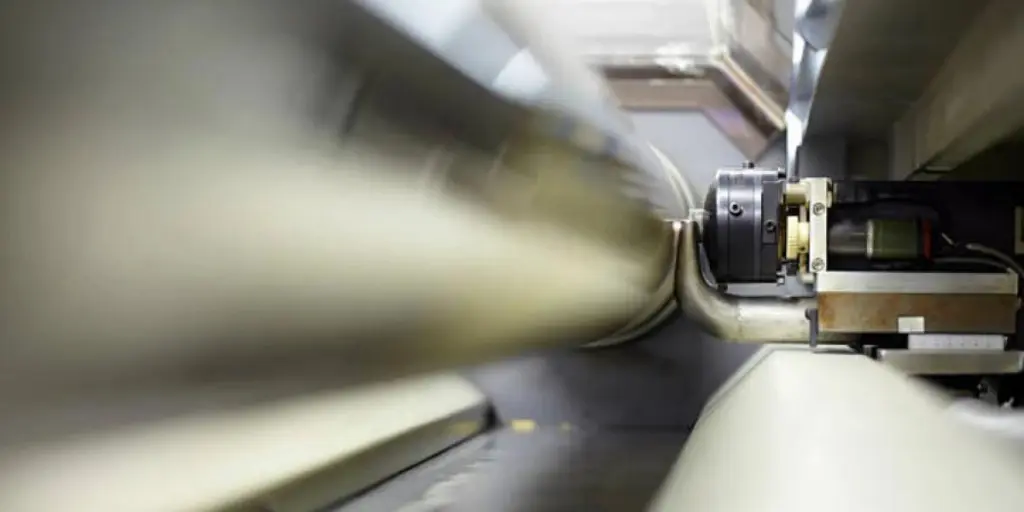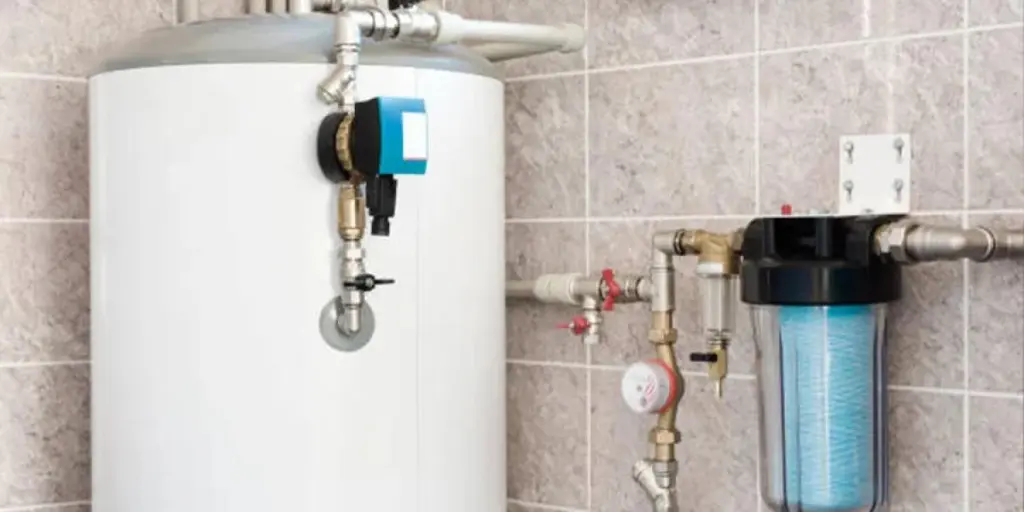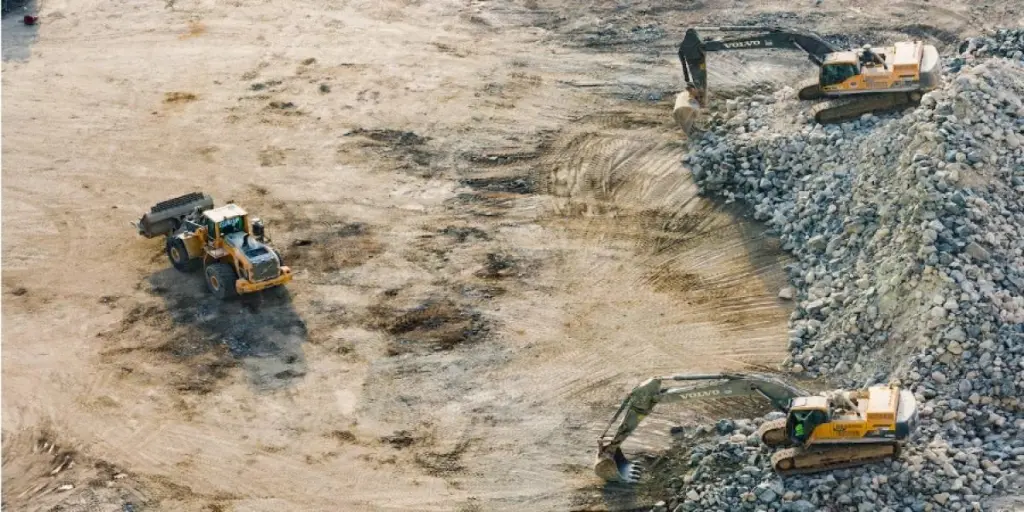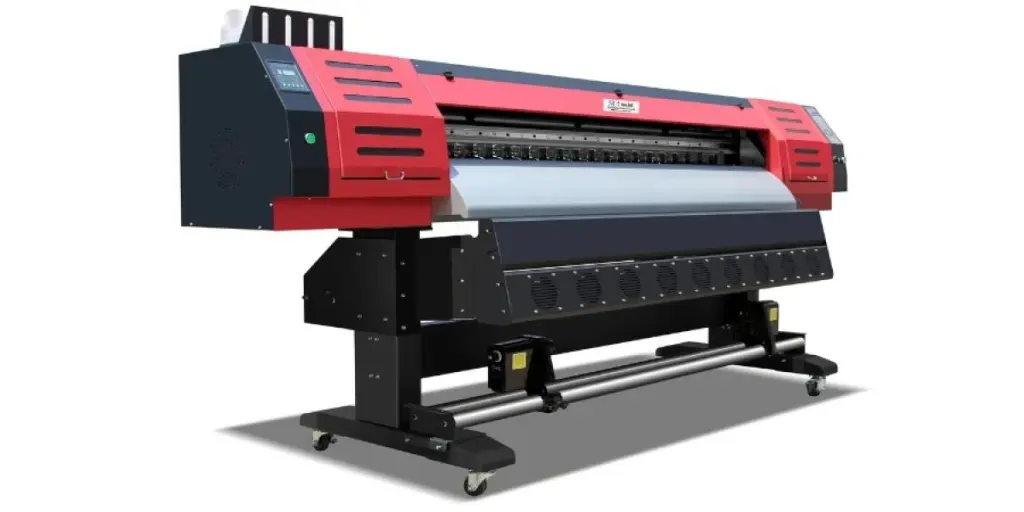Skid steers (bobcats) provide an alternative machine choice for farmwork instead of tractors. However, tractors have been used on farms for decades, and can do many things that skid steers can’t. So choosing one over the other requires consideration of the different aspects of each, and how and where the machine will be used on the farm. This article explores the different aspects of each machine to help buyers make the best choice.
Table of Contents
The projected skid steer and tractor markets
How do skid steers and tractors differ?
How should you decide between a skid steer and tractor?
Final thoughts
The projected skid steer and tractor markets
According to market research data, the global skid steer market was valued at USD 2.3 billion in 2020, and is expected to grow modestly at a compound annual growth rate (CAGR) of 2.8% to a value of USD 2.38 billion by 2030. In comparison, the global tractor market was valued at USD 64.8 billion in 2020, and is expected to grow at a CAGR of 4% to a value of USD 97.9 billion by 2030.
Tractors hold a much greater global market share than skid steers, that reflects their reputation for reliability over decades, and their projected future growth shows a continuing desire to choose tractors in the future.
For farming, the use of tractors is expected to exceed that global growth at a CAGR of 6.8% to 2030, so skid steers face strong competition if they are to gain a bigger market share in the agricultural sector.
How do skid steers and tractors differ?
Tractors and skid steers have many similarities in what they can do, and where on the farm they are best used. Each has their own niche for what they do well, and these differences should impact the decision of which one is most suited for the job in hand.
What is a skid steer?
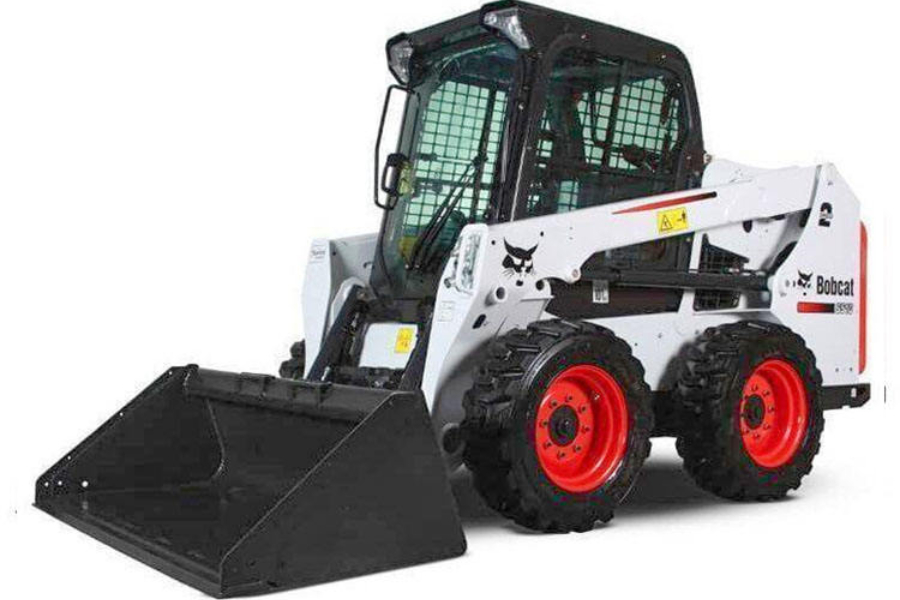
The name ‘skid steer’ comes from how they move. Skid steers are small, compact four wheeled machines. Skid steers are often called bobcats, however this is a brand name for a popular supplier of skid steers.
What makes the skid steer different from other machines is that the wheels on the left side are synchronized with each other, and the wheels on the right are synchronized with each other. Each side works independently of the other, and steering is accomplished by one side moving faster or slower than the other side to create a ‘skid’ movement.

There are also tracked versions, which operate in the same way. Skid steers are commonly used for farming and landscaping, and in construction.
The benefits of skid steers for farm work
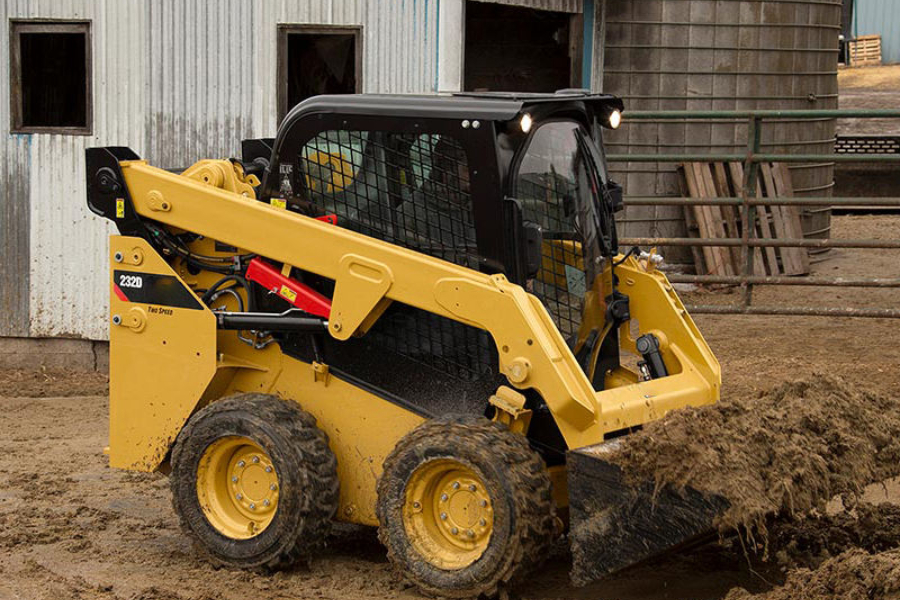
Skid steers are small, light and agile, and able to adapt to many jobs.
- Their narrow turning radius gives them the ability to turn in tight spaces of 3m, which makes them suitable for tight working spaces and for indoor barn work such as hay bale and animal feed lifting.
- Skid steers typically come with a standard bucket/loader fitting, but can be fitted with a wide range of attachments that give them great versatility.
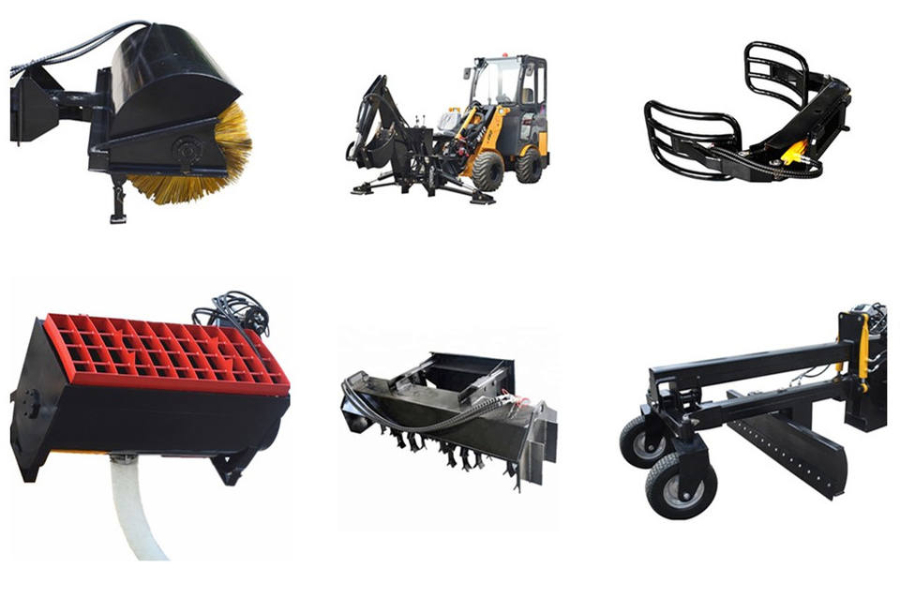
- They can be fitted with a backhoe, a forklift, bulldozer blade, rake, brushcutter, snow blower, auger and many other fittings besides. This gives them great flexibility for many different farm roles, such as lifting and moving feed, drilling post holes, and clearing land.
- They are suitable for multiple terrains, and their lightness allows them to move easily on muddy or rough terrain, loose sand and gravel, and undeveloped land.
- Skid steers have a low center of gravity which makes them less prone to rollover on tight turns, slopes and rugged areas.
- They are fast and nimble and can reach speeds of 12 mph (19 kph), allowing them to move quickly and easily across distances on a large farm or ranch.
- For longer distance movement, they are easy to transport from one location to another. They can be loaded onto or towed behind a truck.
- There is a range of models available from compact inexpensive ones to larger, more powerful and more expensive versions.
What is a tractor?
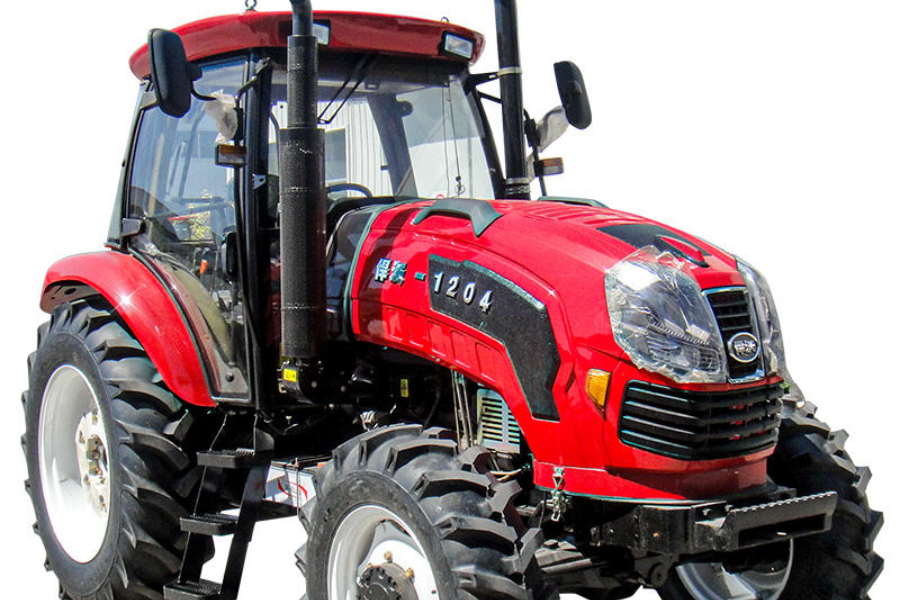
Tractors are large, slow and powerful, with huge torque and pulling power. They are powerful 2 or 4-wheel drive machines, with two large rear wheels to provide power and traction, and smaller wheels at the front for steering.
Tractors are designed for farming, to haul trailers of animals, fertilizer, animal feed, or for pulling farming machinery for tasks such as tilling. They are also used to a lesser extent in construction and for other haulage tasks.
The benefits of tractors for farm work
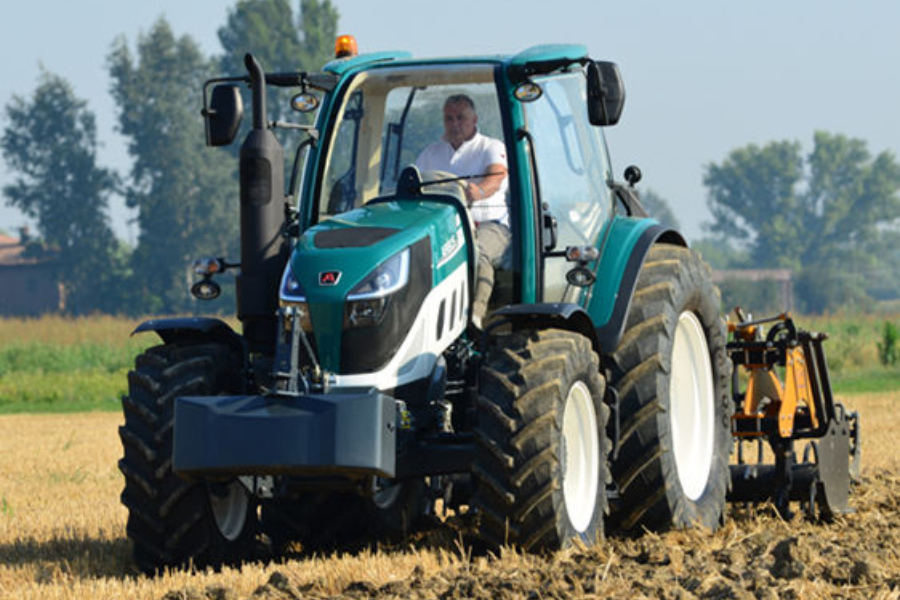
Tractors are the modern workhorse of the farm. They are powerful and adaptable, and can make easy work of the usual heavy labor farming jobs, plowing and tilling, planting and mowing, crop spraying and harvesting.
- Tractors are designed to pull heavy equipment, with their large back wheels providing traction for hauling trailers and other farm equipment.
- Tractors are also designed to fit many additional attachments to the front or back. The common attachment is a front bucket, which turns the tractor into a loader.
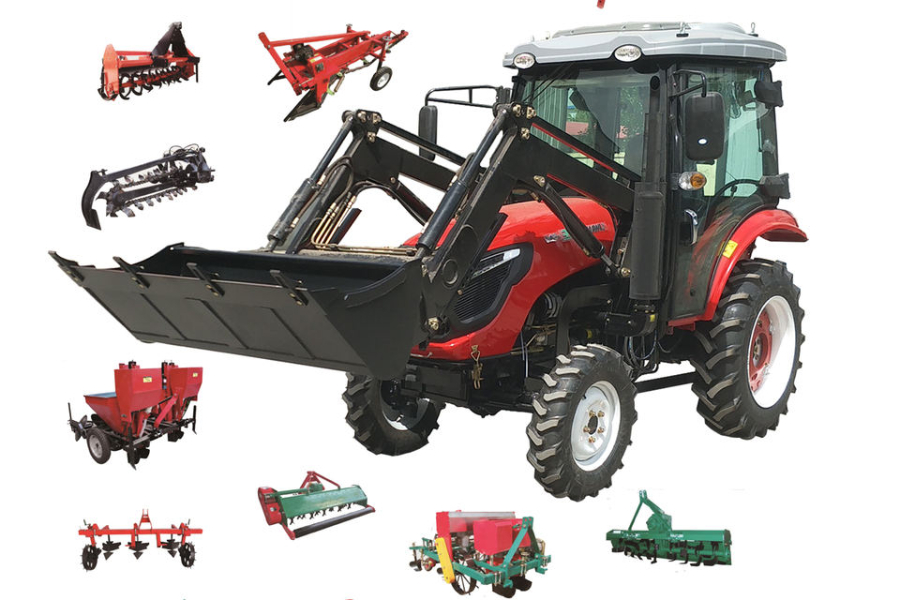
- A rear boom can be attached to work as a backhoe which, together with the loader, turns the tractor into a JCB-like backhoe loader. The backhoe bucket can be replaced with many types of attachments, such as auger or rake, and the front bucket can be replaced with a bulldozer blade or forklift. Some versions of tractor also allow side attachments.
- Tractors are roadworthy and can often be seen on country roads moving between fields. They don’t move very fast, but they are very stable machines, which is important for lifting or moving heavy or cumbersome loads.
- The tractor’s power allows it to pull heavy loads without effort, or drag large objects such as large stones and trees. They are also used to pull other vehicles, tow broken down trucks, or haul stuck farm equipment out of the mud.
- The powerful rear-axle traction allows for jobs on uneven ground, such as working uphill.
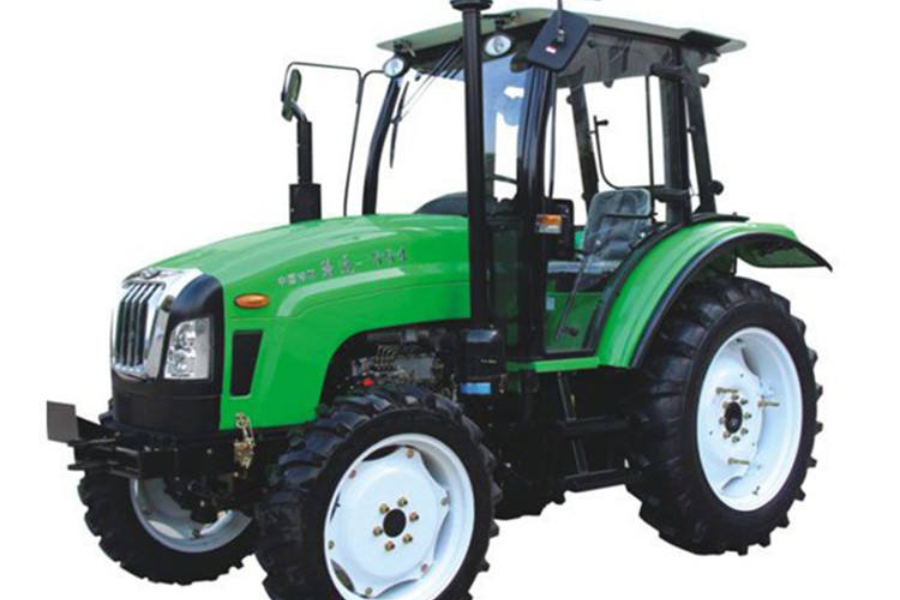
- Tractors come in a variety of sizes, with a range of mini-tractors available. These combine power with better accessibility and convenience. Large tractors can have over 300 horsepower, but compact ones can be as low as 25 hp.
- Tractors tend to be very durable and long lasting. Their slow and steady operation leads to few accidents and wear and tear.
How should you decide between a tractor and a skid steer?

The best answer for how to choose between the two types of machine, is to be clear on what you plan to use the machine to do.
When to choose a skid steer
- A skid steer is faster and more agile than a tractor, and generally far more maneuverable. So if you intend work in compact spaces, or where the machine needs to zip from one point to another, then a skid steer would score over a tractor.
- If you need to change attachments to work on close in tasks, the skid steer may be more suitable.
- If the farm is small, with many varied jobs around the barns or nearby fields, the versatility of the skid steer may work well. On a large farm, some large tasks may be more time-consuming with a skid steer.
- The skids steer works well for lifting lower weights, up to around 2.5-3 tons.
When to choose a tractor
- For larger traditional farmwork, plowing and tilling, crop spraying and towing trailers of feed and rubble, then the steady functionality of the tractor will be the better choice.
- A tractor will also be better for applications that require real power, hauling heavy items, pulling up tree trunks, lifting large loads, towing other vehicles.
- The tractor can also be as flexible as the skid steer, and is able to fit larger attachments to handle heavier jobs.
- Smaller compact tractors can also be more nimble than the larger tractors so can get around small and large farms easily.
- Tractors have a larger lifting capacity than a skid steer, usually around 2.2-2.8 tons, or over 4.5 tons for larger, more powerful tractors. That heavier lifting comes with greater stability than a skid steer.
Final thoughts
When choosing the right machine for farming, a skid steer and a tractor both have their strengths and weaknesses. It is important to consider the jobs around the farm that the machine will be required to do. Some of the key factors to consider include the size of the farm, distance between fields, the terrain, desired tasks and the frequency of those tasks, and the likely pulling and lifting power that will be needed.
There are certainly going to be tasks that both can do well, such as moving earth, feed, fertilizer, and other basic lifting and clearing jobs. Both machines can be versatile, with multiple fittings and applications, so perhaps the biggest comparisons are in the skid steer’s speed and agility compared to the tractor’s power.
Budget will always be a factor, but there are many options and sizes available with a wide range of prices. For more information on the choices and prices available, check out alibaba.com.

